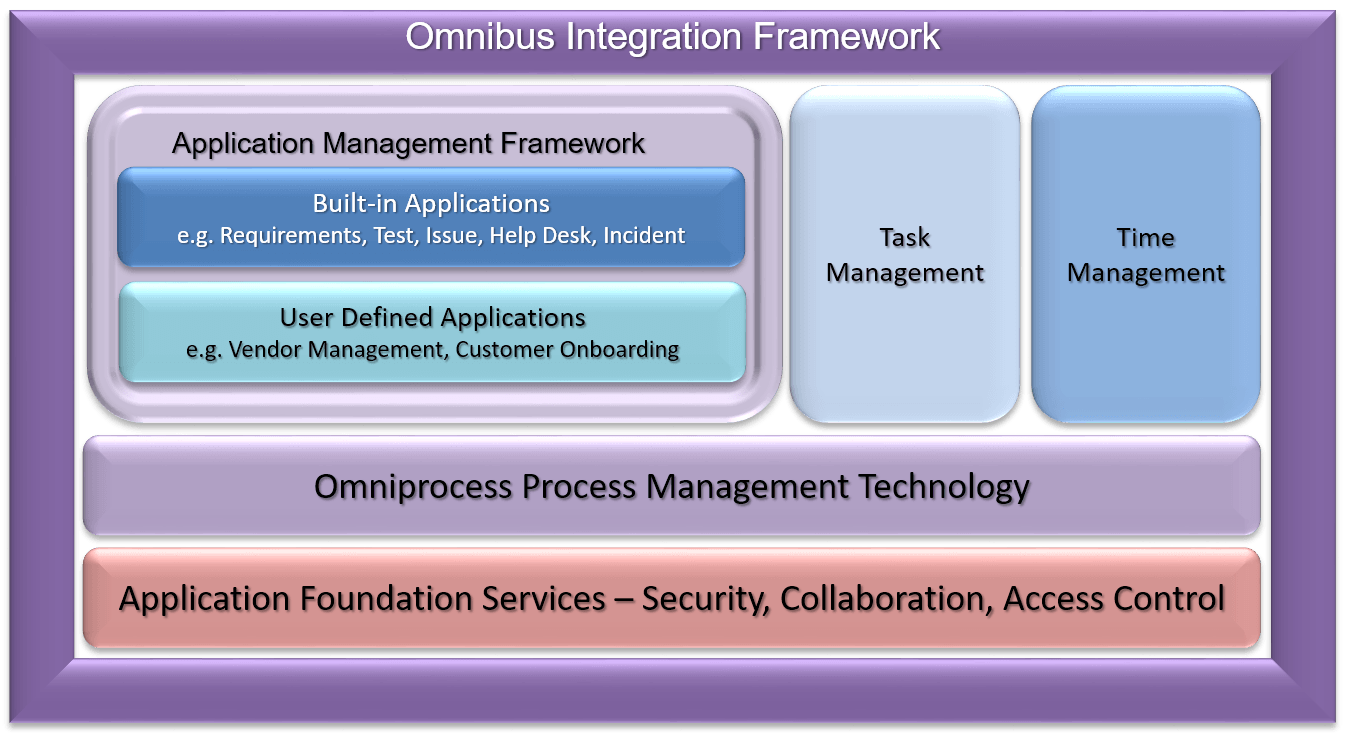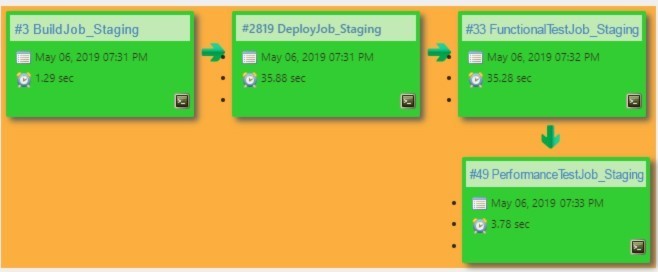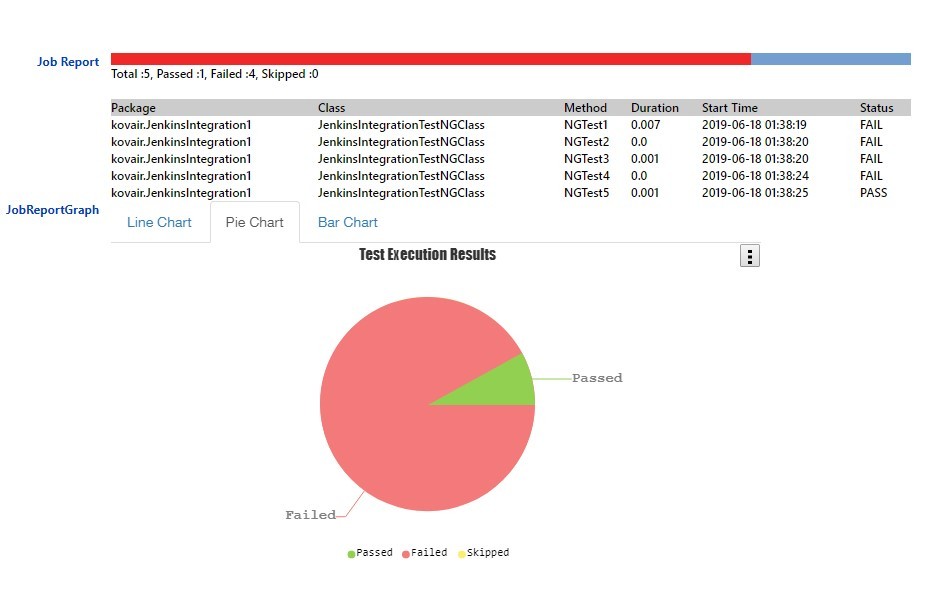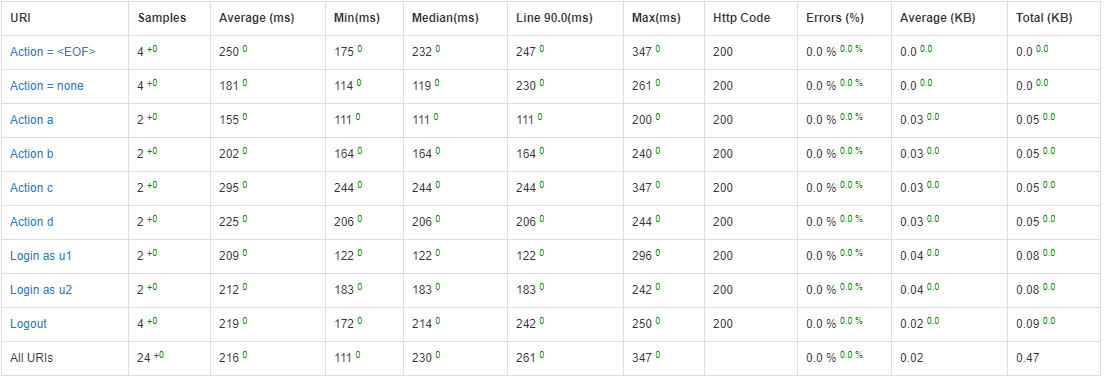Achieving Comprehensive DevOps with Kovair ALM and Jenkins Integration Through Omnibus – Find Out How?

Introduction
Today in the software-driven world, the shortest time to market is the key to success for any organization. Companies that are achieving this with faster and continuous deployments by maintaining good quality are the ones who are really tasting success. For achieving this, companies are adopting different tools and processes that help them in gaining complete visibility to the entire delivery lifecycle from start till end.
Application lifecycle management (ALM) was first introduced to enable businesses to make better decisions around software development and manage it efficiently over time. With this increasing need for faster time to market, organizations are now implementing DevOps for achieving the mechanism of continuous and faster delivery. DevOps integrates development and operations teams involved in software development to drive this faster pace of delivery. DevOps allows organizations to shorten their development cycles, detect and resolve defects faster with the help of higher engagement.
By integrating every aspect of ALM with DevOps, organizations can overcome the issues faced by the siloed nature of activities and bring a far more integrated approach to software development with better quality. In this paper, we have discussed how Kovair ALM which is a comprehensive ALM product, along with its integration with a popular CI/CD tool Jenkins gives a holistic view of the application delivery lifecycle and makes the DevOps implementation more comprehensive and cost effective for any organization.
Application lifecycle management (ALM) was first introduced to enable businesses to make better decisions around software development and manage it efficiently over time. With this increasing need for faster time to market, organizations are now implementing DevOps for achieving the mechanism of continuous and faster delivery. DevOps integrates development and operations teams involved in software development to drive this faster pace of delivery. DevOps allows organizations to shorten their development cycles, detect and resolve defects faster with the help of higher engagement.
By integrating every aspect of ALM with DevOps, organizations can overcome the issues faced by the siloed nature of activities and bring a far more integrated approach to software development with better quality. In this paper, we have discussed how Kovair ALM which is a comprehensive ALM product, along with its integration with a popular CI/CD tool Jenkins gives a holistic view of the application delivery lifecycle and makes the DevOps implementation more comprehensive and cost effective for any organization.
How Kovair ALM Complements DevOps Implementation?

Kovair ALM is a 100% web-based solution covering different aspects of integrated development, Project & Portfolio Management. In Kovair ALM, users can execute projects following any methodology like Waterfall, Scrum, Kanban or Hybrid. Kovair ALM helps to integrate all ALM phases and provides consolidated visibility to the progress of application lifecycle for achieving the organization goals.

Implementation of DevOps through Omnibus Jenkins Integration
DevOps implementation got started with the simple definition of integrating Development (Dev) and Operations (Ops) teams thus providing them a common source of information. With the rising complexity of software and the need for faster delivery, the definition has evolved and now it is implemented by organizations with the idea of continuous delivery.
In the following sections, we will discuss how this automation of delivery can be achieved through Kovair Omnibus integration of Jenkins. It describes the details of what is a DevOps pipeline and how it can be created. It also discusses how the integration of Jenkins through Kovair Omnibus provides a centralized visibility of the entire development lifecycle.
Introduction to Jenkins
Jenkins is one of the most popular Continuous Integration (CI) / Continuous Deployment (CD) tool for implementing DevOps. It is a build automation tool that helps to achieve continuous integration and continuous delivery. Jenkins is an open-source tool using which the entire process from code check-in to deployment including testing can be automated using plugins for different tools like Git, GitHub, Subversion, Chef, TestNG, JMeter just to name a few. This is done through Jenkins jobs that are created to automate each of these individual processes. With the Jenkins Pipeline, organizations can automatically run each of these processes in sequential order.
How to Automate Software Build, Deployment, and Test Processes Using Jenkins
To adhere to the complexity of software and the continuity of an application today, every organization maintains a staging environment in parallel to their production environment. For every delivery, first, a pipeline is created for deployment and testing in the staging environment and on successful completion of testing the build then gets deployed into production. Two separate pipelines are maintained where one is used for deployment and testing in staging followed by deployment and testing in production.
Staging Environment Pipeline
For the staging environment, users will need to create four different jobs — build, deployment, functional testing, and performance testing in sequential order based on which the execution process would be initiated.
- Build Job – To prepare a build, users will need to check out source code files from the source code management (SCM) tool. Jenkins has provision to check out source code files from some popular source code management (SCM) tools like Subversion (SVN), Microsoft Team Foundation Server (TFS) and GitHub. Mention the source code repository name and its credentials in the build job to check out the source code files from the said repository for build preparation.
- Deployment Job – After the successful completion of the build, users will need to deploy it in the server where software testing is going to be performed. Jenkins can deploy those build files in the corresponding test server with the help of popular configuration management tool like Chef. For that, users need to configure the deployment job properly and specify the deployment server name in the job.
- Functional Testing Job – After the successful deployment of the build in the test server, what follows next is testing. Build verification means ensuring that the software quality meets the expectation by executing automated test cases. It will help users to detect bugs in the build. Jenkins supports integration with Selenium. Users just need to specify test suite for the corresponding functional test job. This will execute the Selenium test cases residing under the specified test suite. Kovair Omnibus integration can provide integration with any other test tool other than Selenium if that is what the end customer’s process calls for.
- Performance Testing Job – To ensure software quality, users need to execute performance test cases along with the functional test cases. So, once the functional testing is completed, users will need to execute the performance testing related test cases. JMeter is a very popular tool for performance testing offering integration support with Jenkins. So, if users specify performance test cases in the corresponding performance test job then it will execute all those performance-related test cases. For this functionality, Kovair is integrated with J-Meter.

Fig 2: Staging Pipeline
Production Environment Pipeline
For the production environment, users must create three different jobs namely deployment, functional testing, and performance testing. Unlike the staging environment, it will not require the build job just because the production deployment and testing will only happen after everything passes successfully in staging. In production, the build will be deployed from the staging environment to the production environment. Like the staging environment, users will also need to add those jobs in a sequential order in the production pipeline based on which the execution would be initiated.
- Deploy Job – If all the functional test cases and performance test cases have been successfully passed to the staging environment then that build is ready to be moved in the production server. With the help of Chef, Jenkins can deploy the build files in the production server. For that, users need to mention the production server’s name in the deploy job and configure it properly. Here again, Kovair Omnibus is integrated with Chef!
- Functional Testing Job – After successfully deploying the build in the production server, users need to test it again to ensure the software functions are running properly. That means executing the automated test cases again. Just like the staging job, users will need to mention the test suite containing the functional test cases in the functional testing job and the Selenium or other test cases will be executed to verify production build.
- Performance Testing Job – Once the functional testing is complete in the production server, users will need to execute the performance test cases again. This will ensure that the software is performing properly. Like the staging job, users will need to specify the performance test cases written in JMeter. Based on this, the performance-related test cases will be executed accordingly in the production environment.

Fig 3: Production Pipeline
Benefits of Kovair Omnibus Jenkins Adapter in Conjunction with Kovair ALM
The integration of Kovair ALM with Jenkins through Kovair Omnibus Jenkins Adapter brings in some inherent benefits as listed below:
- It allows us to invoke and monitor all these pipelines of Jenkins from one single web-based interface.
- This allows organizations to overcome the issues faced due to activities happening in silos and gives a holistic picture of software development for release and deployment.
Below is a sample scenario which can be achieved through integration between Kovair ALM & Jenkins. The tools used in the scenario are sample tools:
- Step 1: Agile planning gets done in any agile tool including Kovair
- Step 2: Once the sprint is approved, coding happens in development tool Eclipse or other IDE chosen by the customer
- Step 3: Once coding is complete the code gets checked into GitHub after doing the static code analysis using SonarQube or any other source code repository integrated with Kovair
- Step 4: The Jenkins pipeline gets invoked. From Jenkins, the build deployment and test automation are done using Jenkins, Chef & Selenium

The tools mentioned in the above scenario are sample tools. Kovair Omnibus supports integration with 90+ tools covering areas of ALM, PPM, DevOps, ITSM, ERP & PLM

Kovair Jenkins Adapter also supports other features such as:
Once the integration is done between Jenkins and Kovair ALM through Kovair Omnibus, then all Jenkins pipelines get synced to Kovair. This allows users to invoke the execution of the pipeline with one single click from Kovair ALM Interface. Real-time execution results for successful and failed jobs residing in that pipeline can also be viewed from Kovair ALM.
Pipeline Execution from Kovair

Fig 4: Pipeline Executor displayed in Kovair


Fig 5: Live status of Pipeline Execution in Kovair
Single Interface for All Jenkins Pipelines
Kovair ALM comes with a feature where users can view multiple Jenkins pipelines from a single interface. From this single interface, users can not only view all the pipelines defined in Jenkins but also can execute them without hovering across multiple screens or tools. Users can also view the real-time status report of those pipelines from this single interface.

Fig 6: Single Interface for all Pipelines
Reports and Metrics Generation
Kovair ALM brings in all reports generated by Jenkins during its pipeline execution and represents them graphically. This gives organizations a centralized visibility to the progress of the project including the phases covered under DevOps.
For example, users can create reports such as build trends, average build time, build failure frequency to name a few.


Fig 7: Examples of Build Reports
Test Automation Reports
Software testing is an important part of software development life cycle management. Before releasing any software, users need to ensure their quality. For that, executing functional and non-functional test cases is important. After the execution of all test cases, we need to determine the stability of the software build. A thorough analysis of the execution run report can help to achieve this. The execution status of these functional and performance test cases in both staging and production environment can be viewed within Kovair ALM due to the integration with Jenkins through Omnibus. Some of the key areas that users can address are – whether all those test cases are passing? If some test cases are failing, then which ones are those? How many test cases are passing and how many test cases have failed, have any test cases have been skipped?




Fig 8: Examples of Test Execution Reports displayed in Kovair
Major Benefits of Having DevOps Enabled Through Kovair ALM and Jenkins Integration using the Omnibus
Kovair ALM in conjunction with Jenkins integrates every aspect of the application lifecycle, ALM through Kovair Omnibus. This helps organizations to go beyond the traditional DevOps concept, and help them to overcome the issues faced by the siloed nature of activities.
Some of the key business values gained through DevOps Integrated ALM
- Seamless Collaborations Across All Team Members – DevOps-integrated ALM ensures that the supervision of software applications is not only confined within the phases included in DevOps or other phases of ALM. It allows members from different teams like development, operations, product owners, security, QA, testers, as well as infrastructure teams to collaborate seamlessly. This collaboration of multiple team members helps organizations to achieve continuous development, continuous integration, continuous deployment, and continuous testing – which are the core features of any DevOps implementation.
- Single Window Visibility for Management – When ALM is integrated with DevOps through Kovair Omnibus, managers get a single view of the release progress across the entire application lifecycle. It provides real-time visibility to the progress of the entire application lifecycle including all different stakeholders that are required to support the entire application lifecycle – and not just for developments and operations.
- Improved productivity, quality, and the end to end traceability – DevOps Integrated ALM as provided by Kovair ALM along with its integration with Jenkins through Kovair Omnibus allows every team to share their knowledge and progress in a single platform. This practice and transparency not only help to improve productivity & quality but also enables users to view a complete end to end traceability covering all phases of the application lifecycle.
Conclusion
With the help of Kovair Omnibus enabled Jenkins Integration with Kovair ALM, organizations can achieve a comprehensive DevOps enabled ALM. Users can get real-time reports on the status of jobs and pipelines. Using the Kovair Jenkins adapter, users can trigger software build jobs as well as pipeline jobs inside Jenkins without having to visit the Jenkins tool. Users will also get real-time reports and dashboards with drill-down capabilities cutting across all phases of application lifecycle development including software test reports for both functional testing and performance testing. In short, this is a very easy and efficient way of implementing DevOps in any organization without too many changes to the processes being used and the culture in the Development Organization that is cited as a major cause of failure in adopting DevOps! The additional tools that are required are all open source tools and thus this implementation can also be a very low-cost value proposition.


